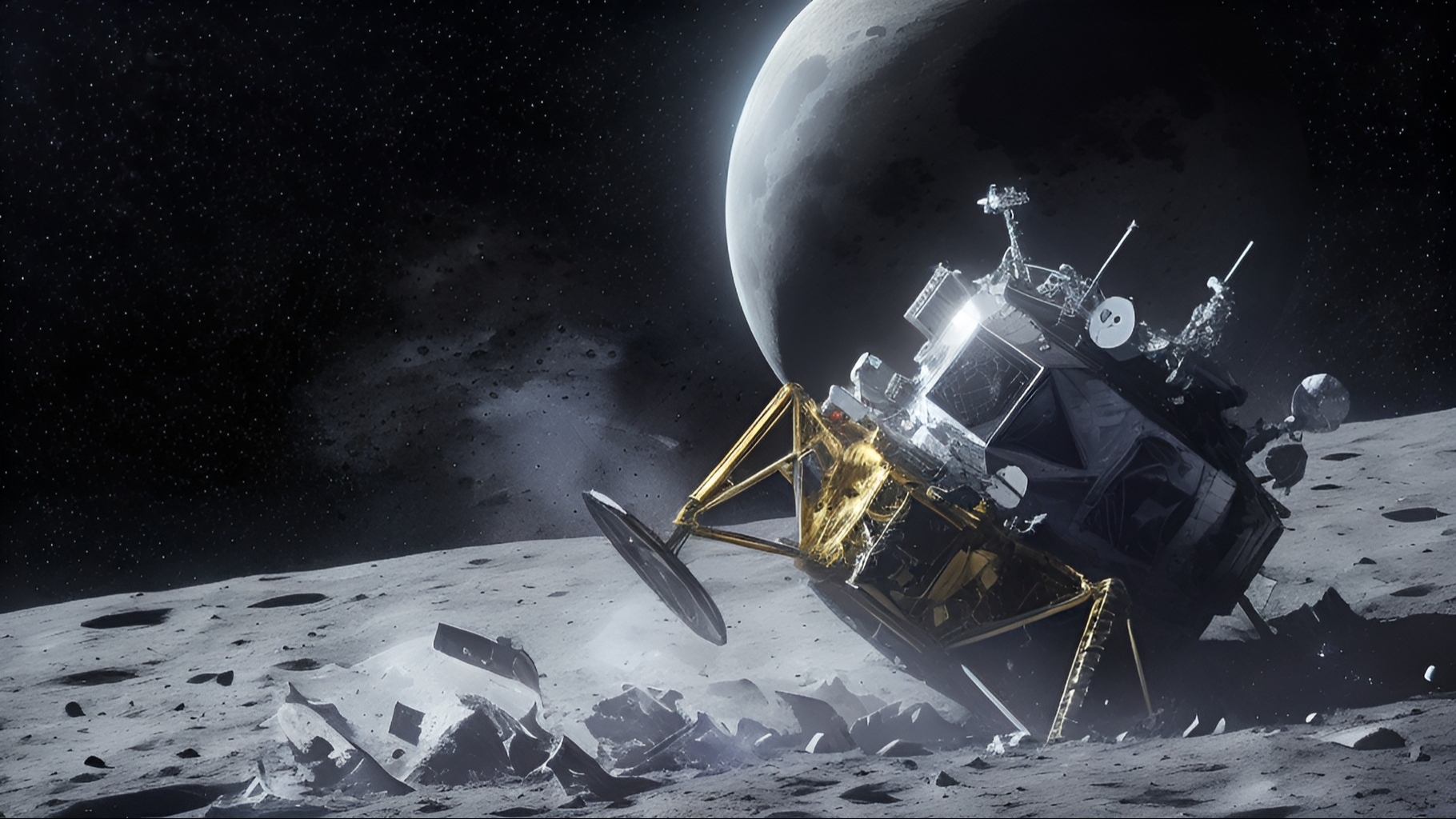The idea of a human colony on the Moon is rapidly moving from science fiction stories to reality. New research shows that we are getting closer to the dream of establishing a permanent human presence on the Moon. Despite the harsh conditions on the Moon, smart use of existing resources and new engineering solutions could make it possible to realize the idea of establishing a colony. Here are the details…
The dream of colonizing the Moon could become a reality with regolith…
We are a little closer to our dream of colonizing the Moon, thanks to a study by researchers at the University of Waterloo. Their research has revealed that regolith, the dusty surface soil of the Moon, can be used to generate thermal energy.
In general, the published research focuses on the problems and solutions to establishing a settlement or base on the Moon. The biggest problem we face is transporting the necessary materials from Earth to the Moon. As we can imagine, this process will be both very slow and very costly.
This obstacle to colonizing the Moon has prompted research into in-situ resource utilization. University of Waterloo research has found that regolith is ideal for many applications, even if there are not many things we need on the Moon.
Regolith is composed of various oxides such as iron oxide, aluminum oxide and silicon dioxide. Although different methods have been developed to process regolith, most of them require heating the soil to 1,600 degrees Celsius. The process also involves electrolysis.
The research highlights the particularity of electrolysis in the molten state of regolith. The method simply involves separating metals and oxygen. By gradually increasing the voltage, different materials can also be separated.
While there is not an unlimited amount of regolith on the Moon, there is enough for humanity to consume for many years. Researcher Connor MacRobbie explained:
“There is a thin layer of regolith on the lunar surface, between 5 and 15 meters thick, depending on geographic location. Beneath this layer is a bed of larger rocks and basaltic materials. The layer is largely intact due to the protection of the upper layers. These materials can be excavated to produce materials that are thinner and useful for many applications.”
Connor MacRobbie also explained the obstacles ahead for regolith collection mining on the Moon:
“Dealing with the effects of zero gravity will be the biggest challenge. Transporting and refining the material in zero gravity will require a lot of advanced engineering. In addition, reducing dust and particles in the equipment is also a major issue that needs to be addressed.”
What will lunar regolith be useful for?
According to the study, regolith contains about 45 percent oxygen. Given that there is no atmosphere on the Moon, it could be used as a major source of breathable air. This oxygen can combine with hydrogen to form water, a basic and vital resource for human life.
The high levels of oxygen could also be used as fuel for lunar colonies, bases or rockets. The metals in the regolith could also be used as building materials and as additives for rocket fuel.
The energy required will largely be provided by solar panels. Silicon, the largest component of regolith, is also an important material for the production of glass and ceramics. It can also be used in solar panel production and repair.
It was also discovered that regolith can be melted on the lunar surface and used to create roads, landing pads and other flat surfaces. Although regolith will not allow us to establish a colony on the Moon immediately, it seems to be the solution to many problems. What do you think about this subject?














